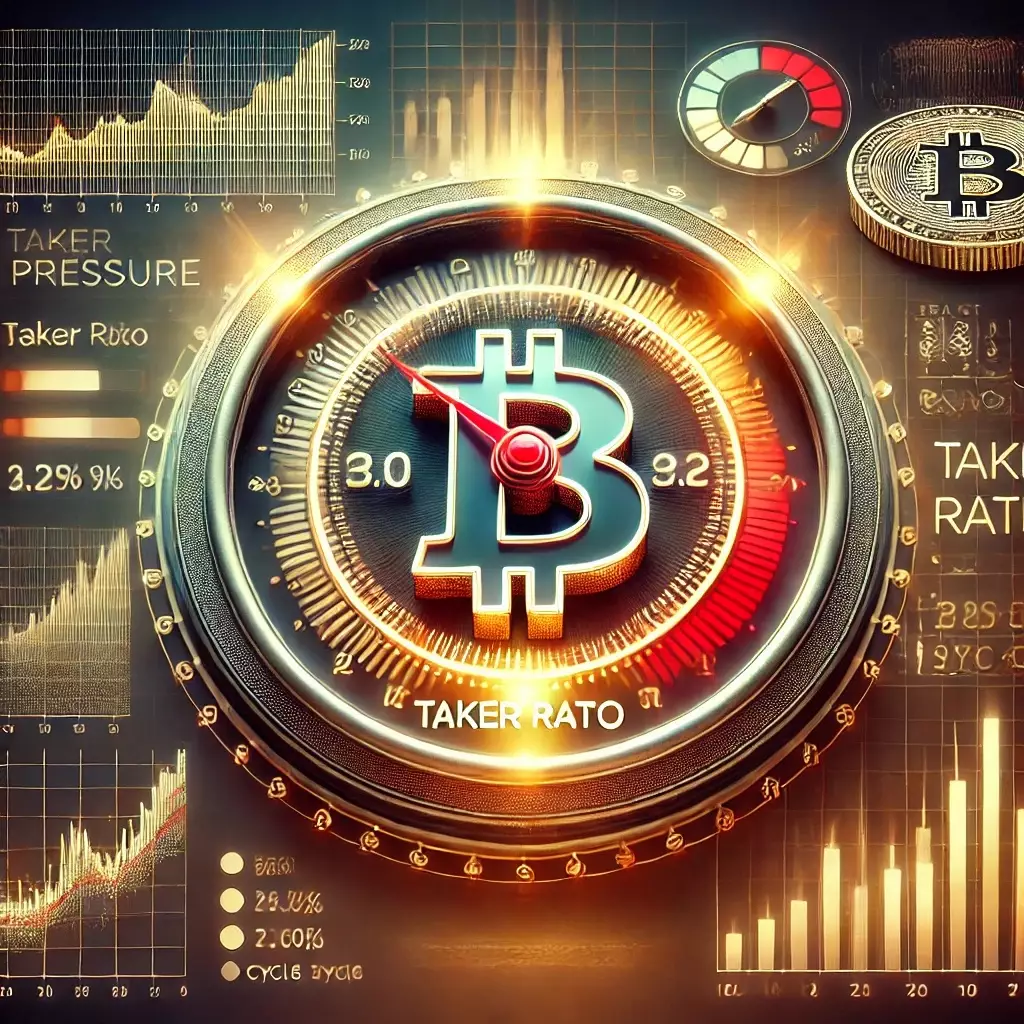In the rapidly evolving landscape of cryptocurrencies, there’s a seductive allure that often blinds even the most seasoned investors and analysts to the potential pitfalls lurking beneath the surface. Many proponents tout blockchain technology and decentralized finance as revolutionary forces destined to overhaul traditional financial systems. However, this optimistic narrative can dangerously obscure the fundamental risks inherent in the crypto sector. Overconfidence in the technological marvels and regulatory promises on the horizon fosters complacency. Believing that innovations like decentralized exchanges or staking mechanisms are inherently safe and sustainable is perilous. It is essential to recognize that these developments, no matter how promising, are still vulnerable to vulnerabilities such as code exploits, liquidity crises, or regulatory clampdowns that could unravel entire projects overnight.
The Troubling Overreach of Self-Regulation and the Risks of Regulatory Capture
While many advocates argue that self-regulation and industry-led standards will safeguard investors and foster innovation, reality paints a different picture. The crypto space has a long history of circumventing or resisting oversight, often leading to a reckless aggregation of bad actors, scams, and just outright fraud. As the industry matures, there’s a pressing danger that regulatory capture—where industry insiders influence policymakers—to create a facade of oversight while maintaining favorable loopholes. The consequence? A fragile ecosystem that may appear resilient but is, in fact, extremely vulnerable to sudden policy shifts or government crackdowns. Promising technological breakthroughs become moot if regulators decide overnight to impose restrictions, restricting access to vital platforms or freezing assets, which could decimate the nascent but highly volatile crypto economy.
The Myth of Sustainability and the Hidden Environmental Costs
Despite claims of eco-friendliness, many in the crypto world continue to gloss over the environmental ravages of certain blockchain protocols, most notably Bitcoin. Efforts to promote greener solutions are often superficial, employing marketing jargon to mask core issues. The reality remains that the energy consumption of proof-of-work systems remains astronomical, contributing to climate change and ecological degradation. The continued push for mass adoption is therefore not just a technical challenge but a moral dilemma. If cryptocurrencies are to become truly mainstream, industry leaders and advocates must prioritize transparency about environmental impacts and adopt genuinely sustainable practices—something that current efforts fall far short of achieving.
The Human Cost of Unchecked Speculation and Market Volatility
There’s an unsettling pattern of user losses and financial devastation tied directly to reckless speculation within the crypto sector. The hype surrounding NFTs, DeFi, and yield farming often fuels a bubble mentality, encouraging inexperienced investors to pour their savings into risky assets. When the inevitable correction occurs, these naïve investors bear the brunt of market downturns, suffering steep losses and emotional distress. The industry’s tendency to sensationalize profit potential cultivates a speculative climate that is as dangerous as it is lucrative for insiders. Without rigorous education and prudent risk management, the social and personal toll will only grow more pronounced, undermining any claims of crypto’s democratizing potential.
The False Promise of Decentralization and the Reality of Power Concentration
While decentralization remains the holy grail marketed by crypto advocates, the reality often betrays this ideal. Large stakeholders and institutional players exert outsized influence, subtly consolidating power and control over networks. This paradoxical scenario—decentralized in theory but centralized in practice—poses a significant threat to the core values of the industry. When decision-making authority resides with a few dominant players, the risk of collusion, manipulation, and censorship increases exponentially. True decentralization demands transparency and active community engagement, yet the prevailing landscape shows many projects struggling to deliver on these promises as they confront entrenched economic interests.
A Cautious Path Forward in a Volatile Environment
Forced to navigate an ecosystem riddled with speculative excesses, regulatory uncertainties, and environmental challenges, the crypto sector must adopt a more pragmatic and cautious approach. Innovation should be pursued, but not at the expense of security, transparency, and ethical responsibility. Investors and developers alike must refuse to accept hype-filled narratives and instead demand rigorous due diligence and accountability. True progress in this arena hinges on a balanced perspective—one that recognizes the transformative potential of blockchain technology but remains vigilant against its pitfalls. If the industry is to evolve into a force that genuinely benefits society, it must confront these problems head-on, embracing regulation and sustainability as essential pillars rather than hindrances. Only through such sober self-awareness can crypto avoid becoming a fleeting fad and instead establish itself as a stable, beneficial pillar of the modern economy.

